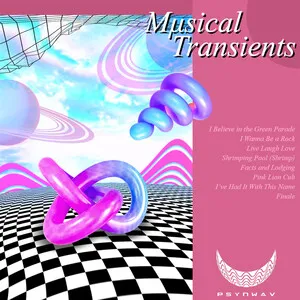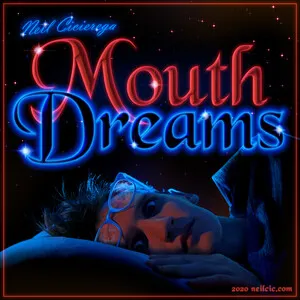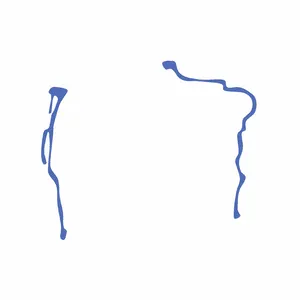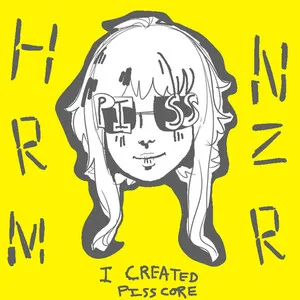
Soundclown is an internet-born remix and mashup style that thrives on comedic juxtaposition, bait‑and‑switch reveals, and hyper-referential sample collage. It blends pop hits, game and cartoon music, ad jingles, meme sounds, and viral speech into quick-cut audio gags.
The genre developed across YouTube and SoundCloud, favoring shock humor, nostalgia, and absurdity over traditional song form. Hallmarks include sudden key/tempo whiplash, exaggerated pitch-shifts, ear‑rending “earrape” peaks, and punchline drops that transform a familiar source into something hilariously incongruent.
Because it is fundamentally platform-native, soundclown is as much a memetic editing culture as a musical style. Its tracks often function like sonic shitposts: fast, punchy, and built for instant recognition and shareability.
Soundclown grew out of early remix culture and YouTube Poop Music Video (YTPMV) practices, where editors chopped TV, game, and commercial audio into rhythmic jokes. Simultaneously, the rise of easy DAWs and sharing platforms (YouTube and SoundCloud) made rapid-fire sampling and meme-based editing accessible. Plunderphonics and classic mashups provided the technical blueprint; YTPMV/OTO-MAD contributed the comedic timing and reference-dense ethos.
As meme ecosystems matured, creators began optimizing for the "punchline drop": baiting listeners with a recognizable song before pivoting to a comedic reveal (e.g., game themes, cartoon motifs, or intentionally abrasive ear-bleeds). Channels and creators cultivated in-jokes across communities, and the term "soundclown" became shorthand for this internet-native, gag-forward remix sensibility.
The style stabilized around meme-savvy production moves—hard cuts, drastic pitch/tempo bends, and over-the-top dynamics. It intersected with vaporwave-adjacent aesthetics (nostalgia mining, retro media), breakcore’s frenetic chops, and mainstream mashup structure, becoming a recognizable umbrella for comedic sample collages.
Soundclown methods seeped into newer internet microgenres and hyper-online pop, where rapid context-switching and meta-humor are core. The approach influenced ultra-fast, reference-packed styles (e.g., dariacore) and continues to shape how editors on short‑form platforms structure musical jokes and meme remixes.







